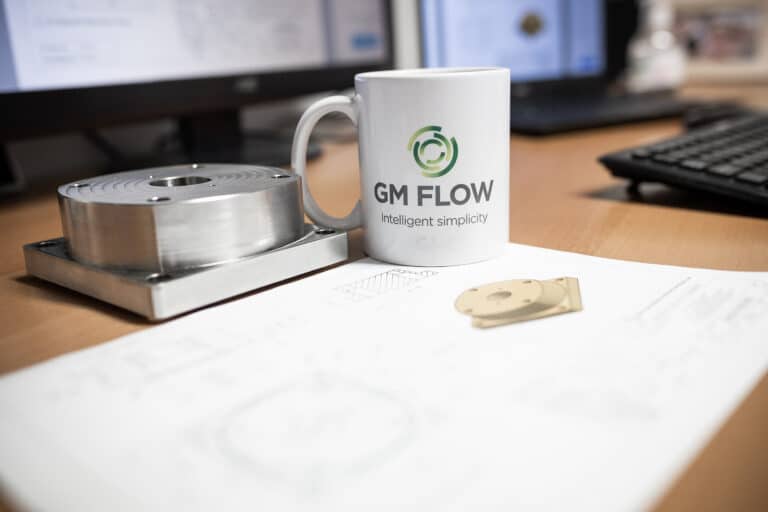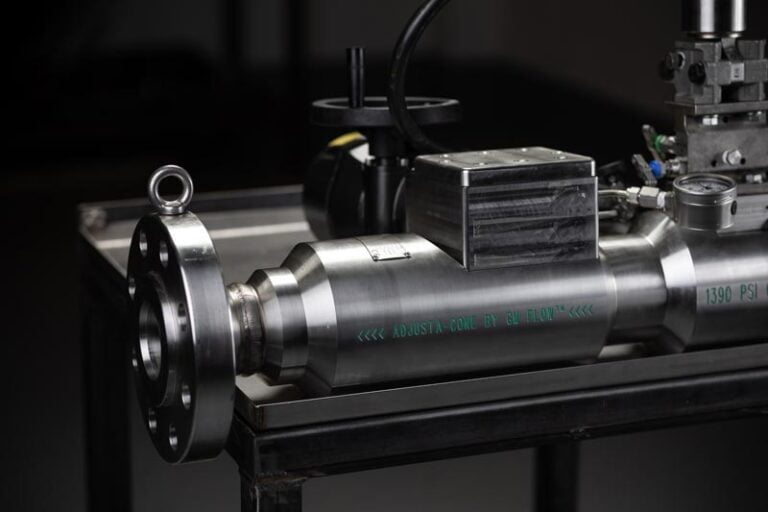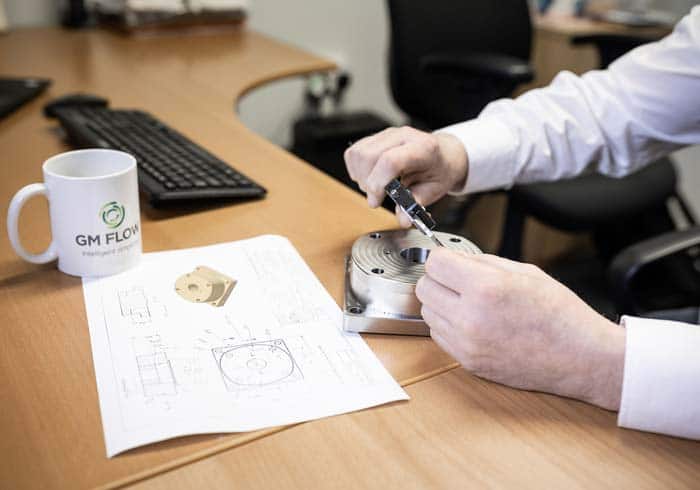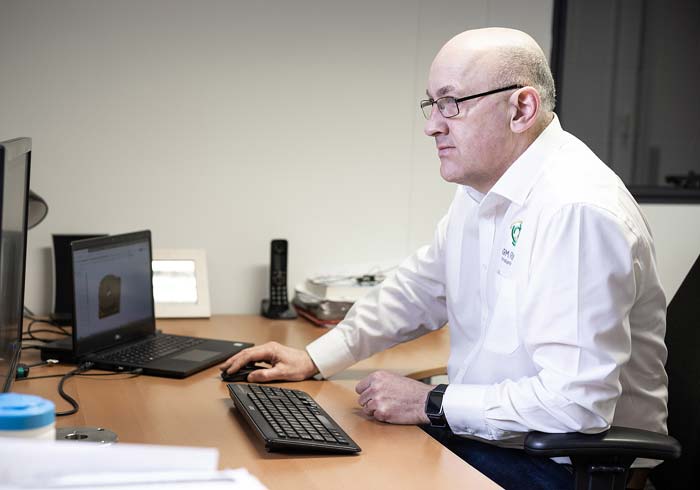GM Flow design flow meters from the ground up. We use state of the art cloud computing methods, to analyse stress and fluid dynamics during the design stages. Finite Element Analysis (FEA) allows us to fully assess the flow meter body for stress levels prior to final pressure test and field operation. The most highly stressed parts are not always where expected, FEA allows us to thoroughly examine each design, focusing on specific areas of stress, modifying the design and / or material when required, with a high degree of confidence.







